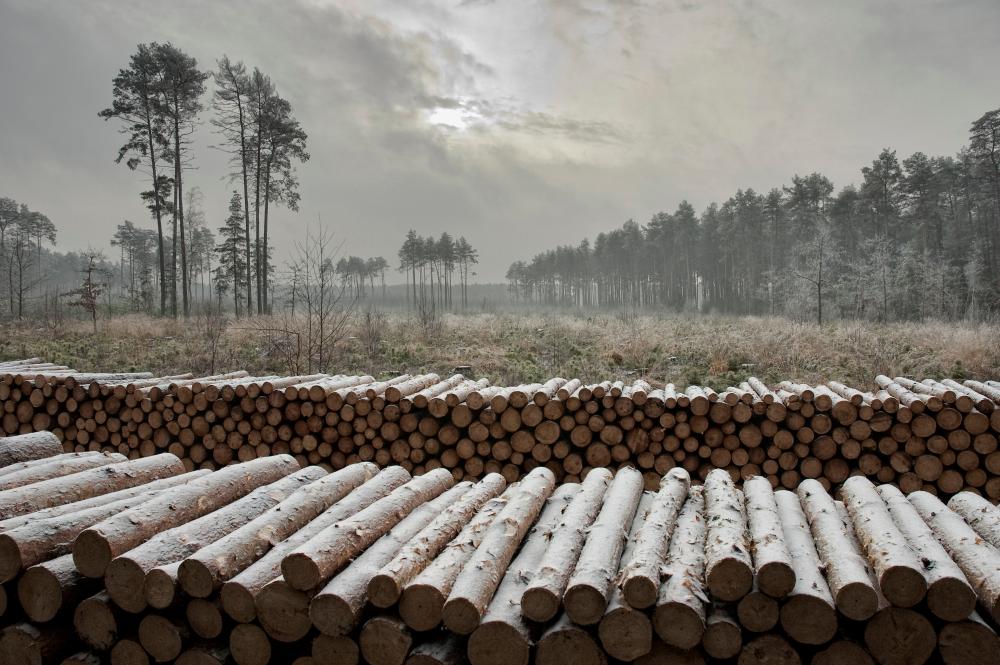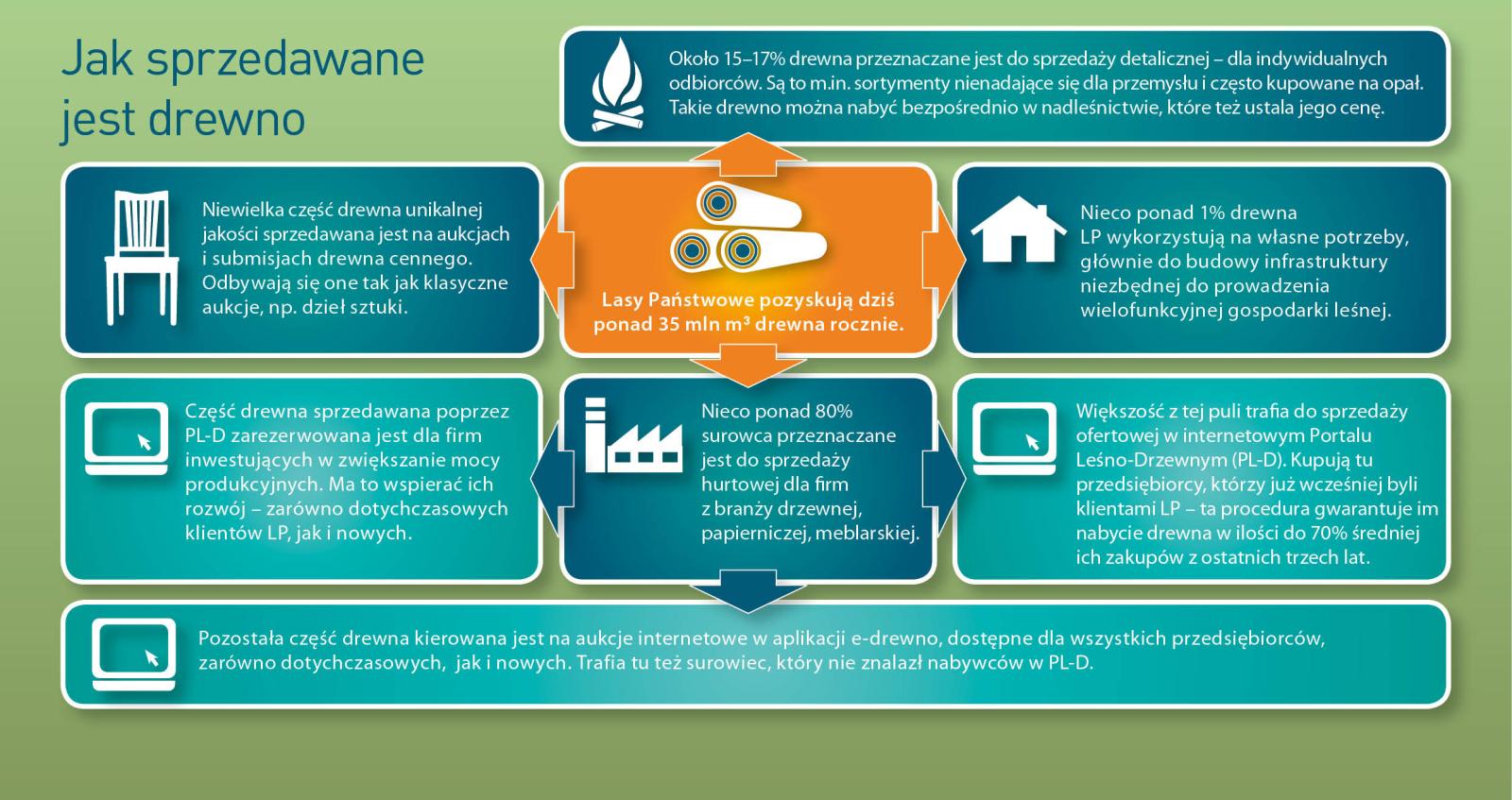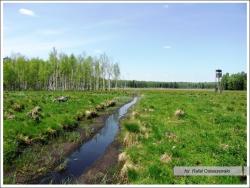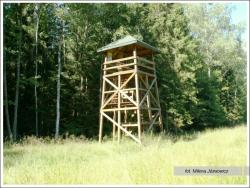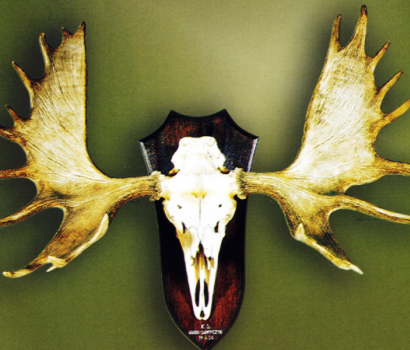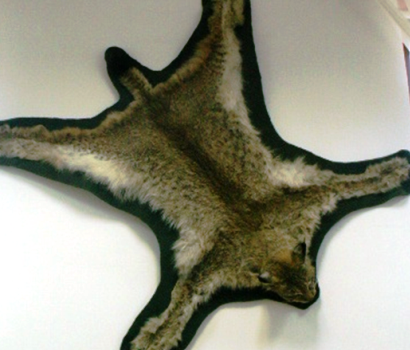 Asset Publisher
Asset Publisher
Sale conditions
Sale conditions of wood are specified by the regulation of Director – General of the Sate Forests.
Within the framework of the individual sale , the foresters try to meet the fast growing demand, because more and more people use wood in order to heat their houses. Contrary to general opinion, these are not only village people, even though they prevail among recipients. The growth of firewood demand is the result of occurrence of new housing estates built in the suburbs of large agglomerations, where houses are usually equipped in fireplace heating installations.
Firewood is not only the most ecological heat source, but also is much more attractive in respect of relation of price and electric efficiency, rather than cola, oil, gas or electric power.
In recent years, the Sate Forests increased the sale of firewood of one third – up to over 4 million cubic meters annually. Firewood is not only the most ecological heat source, but also is much more attractive in respect of relation of price and electric efficiency, rather than cola, oil, gas or electric power. Some of customers choose already prepared and cut into pieces wood, the others very willingly obtain it by themselves after arranging all details and fulfilling particular safety conditions, and after paying the fee; that concerns mainly so called "thinnings". Such a raw material is very cheap, that is why many people from village areas profit from such possibility.
 Asset Publisher
Asset Publisher
 Asset Publisher
Asset Publisher
Gospodarka łowiecka
Gospodarka łowiecka
Gospodarka łowiecka na terenie Nadleśnictwa Waliły prowadzona jest przez dwa koła łowieckie - Podmuch i Cietrzew. Obszar nadleśnictwa to bardzo atrakcyjne łowisko. Dążenie do przebudowy i urozmaicenia leśnych monokultur wpływa na zwiększenie różnorodności biologicznej.
Zagospodarowanie łąk, poletek łowieckich stwarza doskonałe warunki do występowania zwierzyny
Stan zwierzyny jest bardzo dobry, a struktura populacji jest prawidłowa. Na terenie puszczańskich leśnictw żyją bardzo licznie łosie, jelenie, sarny, dziki i lisy oraz rzadkie rysie i wilki.To właśnie z terenu Nadleśnictwa Waliły pochodzi najpiękniejsze poroże jelenia w Polsce (ocenione na 252 punkty i wadze 14,16 kg – forma nieregularna osiemnastka). Również trofeum łosia (wycenione na 295,85 punktu) jest jednym z czterech najlepszych w kraju.
Ciekawe trofea pochodzące z terenu nadleśnictwa Waliły:
Wieniec jelenia, pozyskany w 1978 roku wyceniony na 252 punktów (ciężar: 14.60 kg, liczba odnóg 17), który do dziś jest tzw. rekordem Polski.
W 1978 roku pozyskano łosia byka, którego poroże wyceniono na 295.25 punktów, jest to czwarte miejsce na krajowej wystawie trofeów zdobytych po II Wojnie Światowej.
W 1978 roku pozyskano rysia, którego skóra miała długość 142 cm i szerokość 35,5 cm. Wyceniona została na 135.88 punktów (28 miejsce w skali kraju). Czaszka o długości 16.55 cm i szerokości 11.39 cm została wyceniona na 27.94 punktów i zajmuje 4 miejsce w skali Polski.


